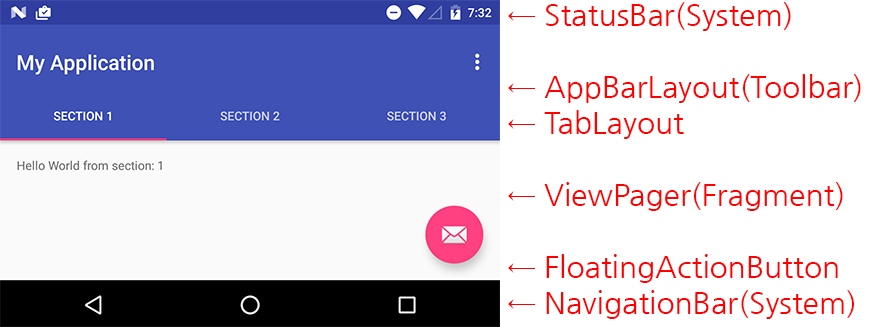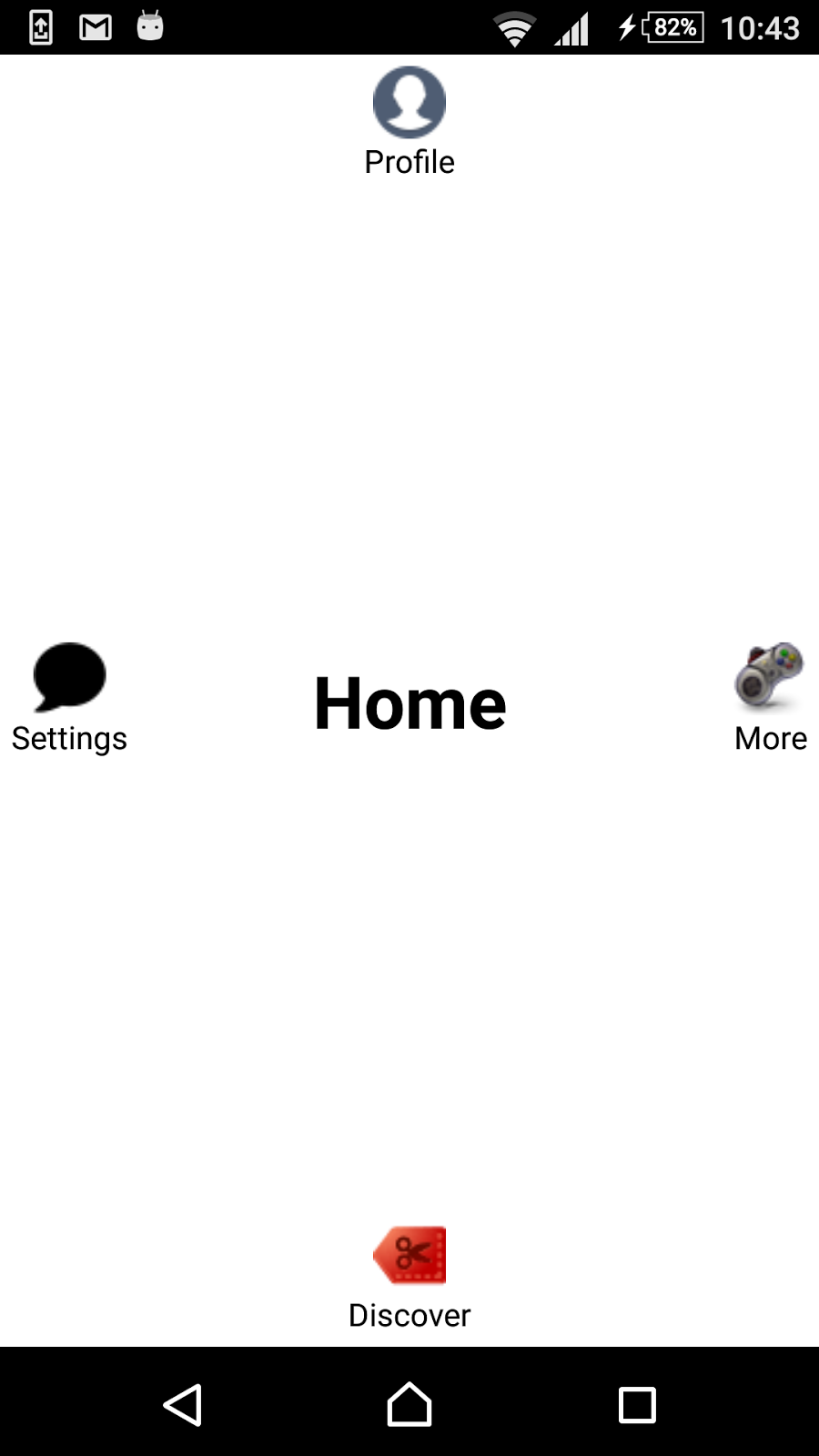
After creating the project verify below dependencies.

Let’s move to Android Studio and create a new project with BasicActivity template. getItem () method will return our fragment on the basis of page position and getCount () give number of item count in our view pager. Both fragments will be used common ViewModel. Here two method are important which we are overriding here inside our view pager adapter one is the getItem () and other one is the getCount ().

Here we’ll have two fragments in ViewPager and we will try to send data from first fragment to second fragment. In this tutorial, we’ll create a sample application, that contains one shared ViewModel, ViewPager with TabLayout. java with the following code block- package import android.os.Bundle import 4.app.Fragment import import import import Communication Sample Application In a sense, it’s just a nicer way to show the user multiple tabs. Uncheck “Include fragment factory methods?” and “Include interface callback?”. The ViewPager is the widget that allows the user to swipe left or right to see an entirely new screen. Goto File->New->Fragment-> Fragment(Blank). Replace the content with the following code block. To implement the UI invoke the following code inside the activitymain.xml file. Step 2: Working with the activitymain.xml file The main layout of the application contains the EditText Widget and two buttons. Replace the content with the following code- Ĭreate another xml resource file inside drawable folder. Refer to How to Create/Start a New Project in Android Studio, to know how to create an empty activity Android project. Step 2 – Creating the Resource Files for Displaying Dots:Ĭreate a new xml resource file inside drawable folder.

Package name as Ĭheck “Launcher Activity” and “Use a Fragment”. Goto File->New->Activity->Blank ActivityĮnter activity name as IntroActivity. You may add your own images inside drawable folder.įirst create a new activity. They cover a wide range of topics such as Android Wear, Google Compute Engine, ARCore, and Google APIs on iOS. slide_intro1.png, slide_intro2.png and slide_intro3.png. a new feature to an existing application. We are going to create the following files inside out project- Android ViewPager CurrentItem,android,android-fragments,android-viewpager,Android,Android Fragments,Android Viewpager,30,1,2ViewPagersetCurrentItem1 32. Note: I am using Android Studio 1.4 to prepare this tutorial. This post is about creating an intro scene for your app using ViewPager and Fragments. This brings us many advantages which I’ve already outlined in this post.

In Android Studio, select File > New Project in Eclipse. The View Pager 2 uses the RecyclerView component to handle the display of content that you assign to it. Creating an intro screen for your app using ViewPager FragmentPagerAdapter holds onto in memory each fragment that the user visits, and it keeps the.


 0 kommentar(er)
0 kommentar(er)
